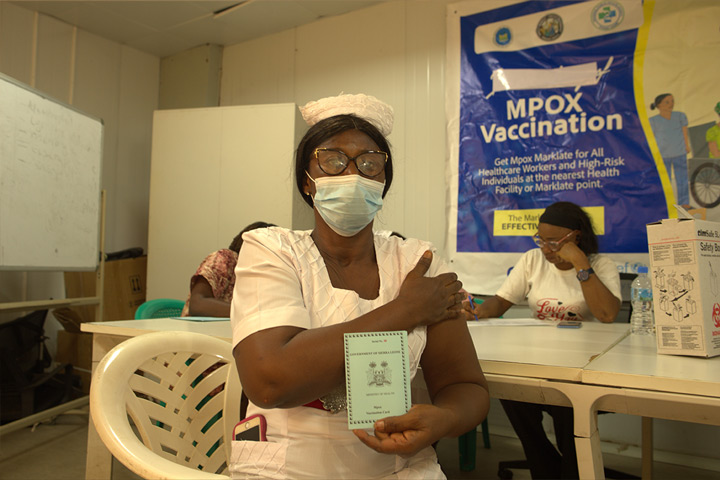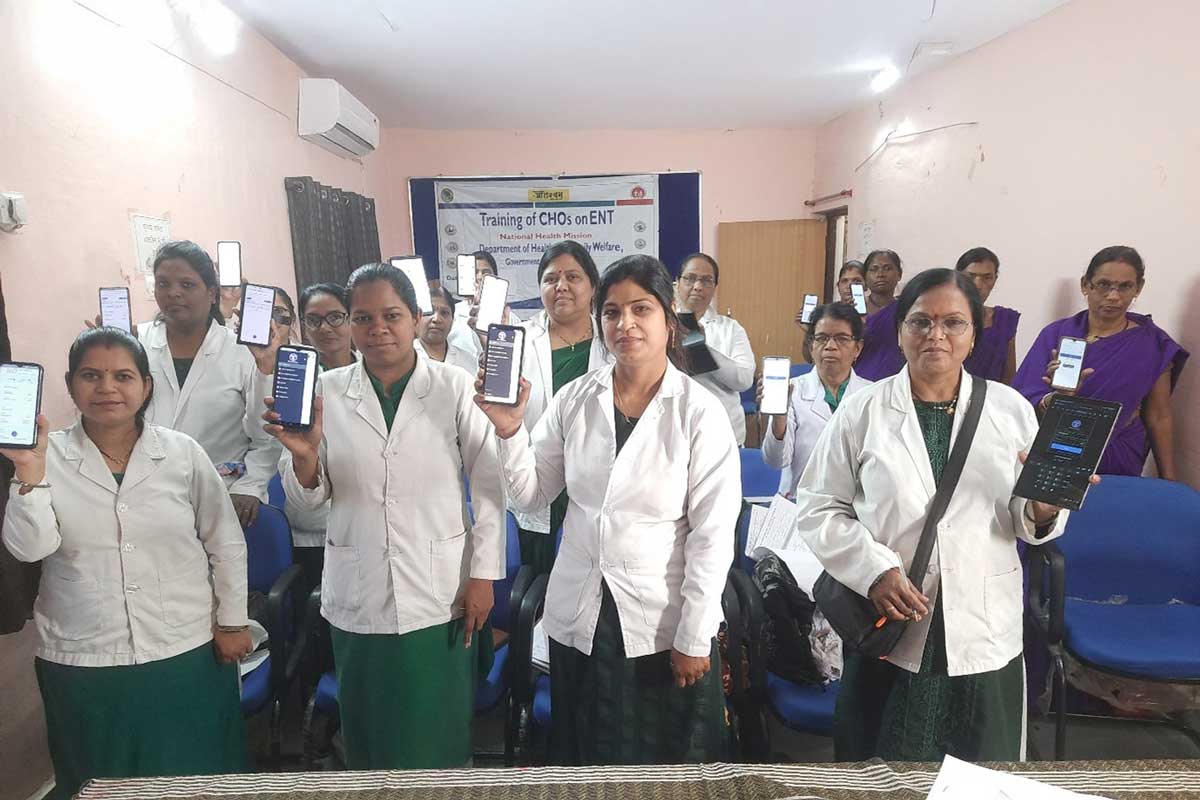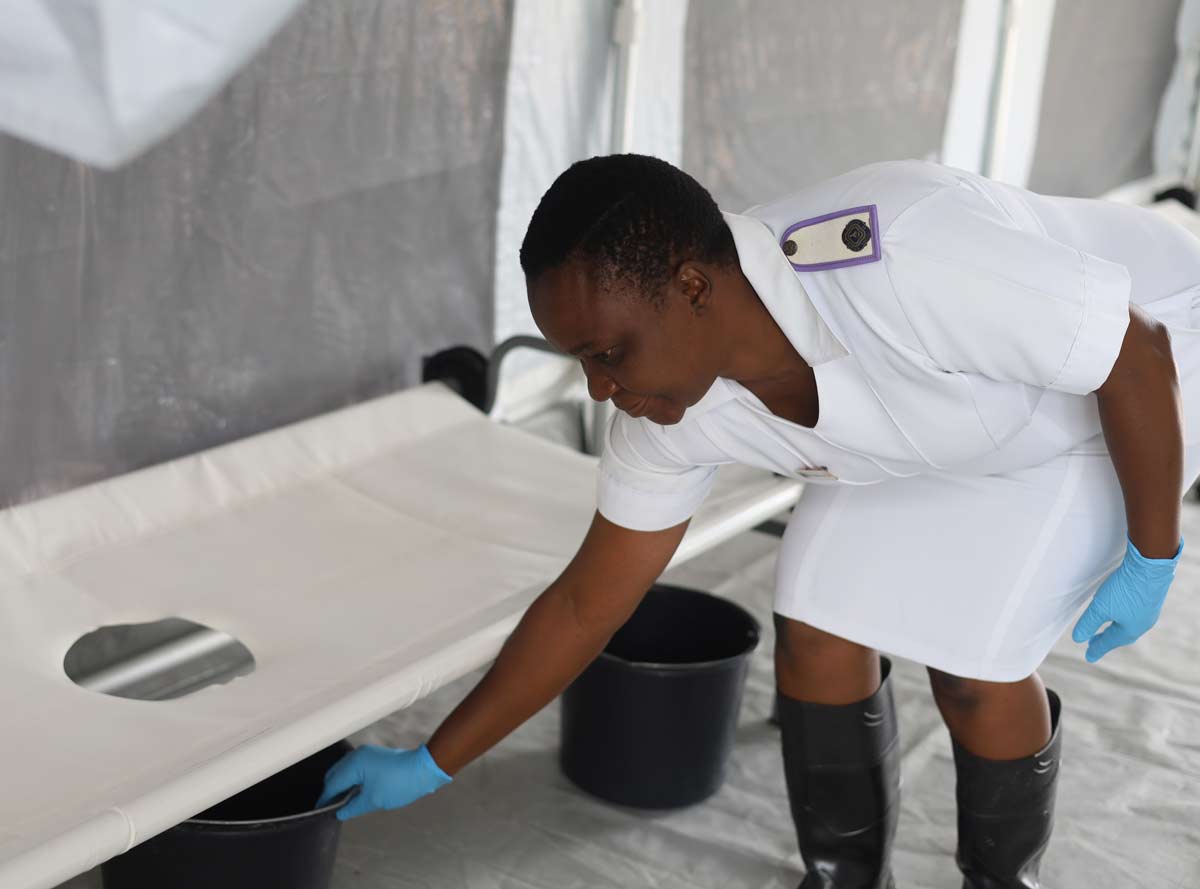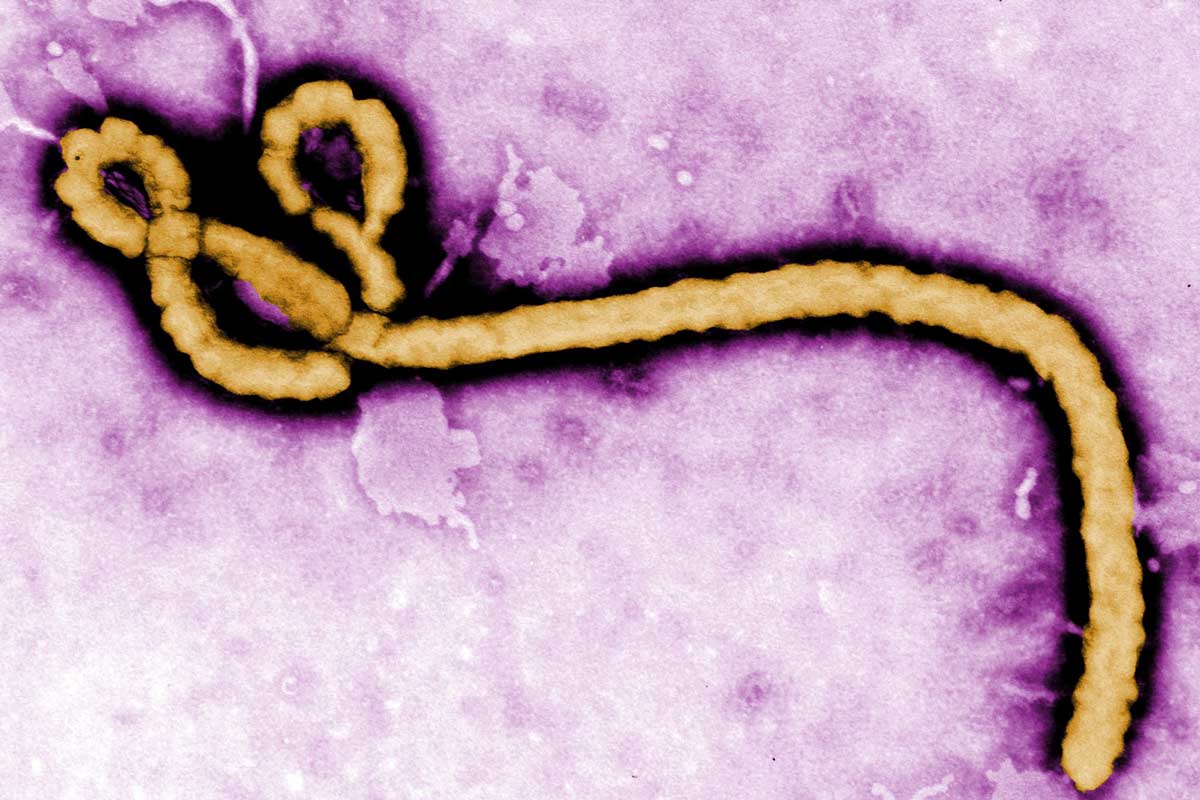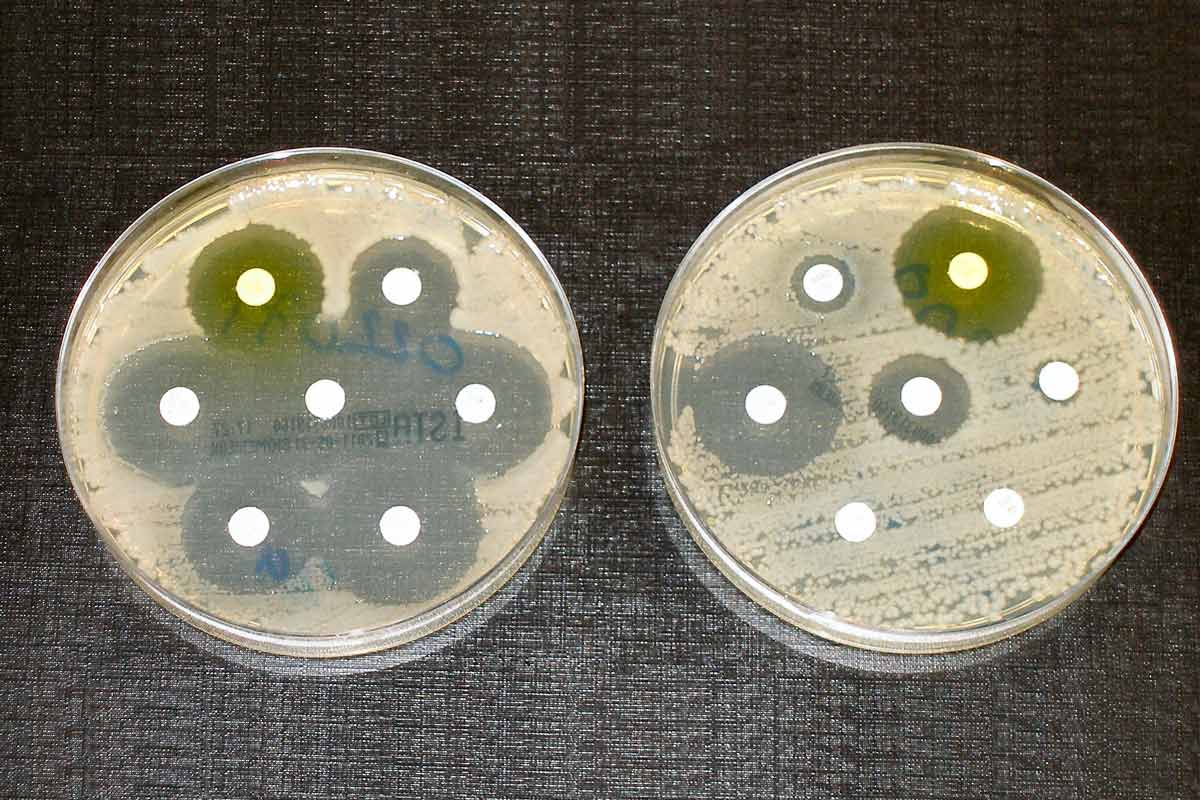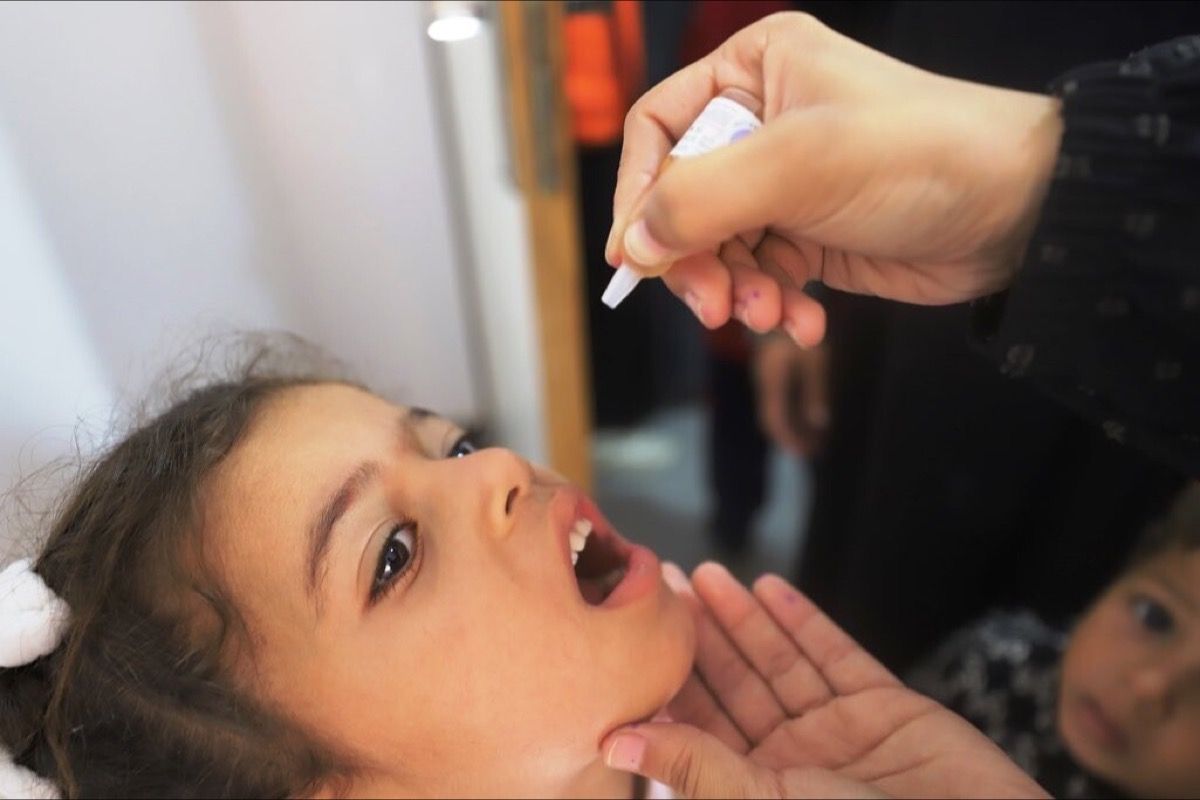New study gives insights into how the immune system kicks out HPV
Study maps the immune responses underpinning non-persistent infections with human papillomavirus (HPV), the main cause of cervical cancer.
- 22 January 2025
- 3 min read
- by Linda Geddes

Some HPV infections cause cancer, others don’t. A new study has provided fresh insights into how the immune system clears HPV from the body, which could eventually improve treatment, screening and vaccination for cervical cancer and other HPV-related disease.
HPV infection is responsible for more than 600,000 new cancers each year, including nearly all cervical cancers. Chronic infection with human papillomavirus (HPV) is the leading cause, yet 90% of people who catch the virus clear it from their bodies within two years and are at very low risk.
Despite this, little is known about what a healthy immune response to the virus looks like, and how amounts of the virus vary over time in infected individuals.
To investigate, Nicolas Tessandier at the National Centre for Scientific Research (CNRS), France, and colleagues, recruited 189 young women from the Montpellier area of France, and invited them to a clinic every two months to collect data on their viral loads, the antibodies circulating in their blood and populations of immune cells and immune signalling molecules in their area around their cervix, for up to two years. These visits provided “unprecedented resolution to capture the nature of these infections”, the researchers said.
“These results open new perspectives for understanding the frontier between acute and chronic infections, and for controlling HPV-associated diseases, as well as for research on human cancers of infectious origin.”
- Nicolas Tessandier and colleagues
Immune insights
The study, which was published in PLOS Biology, found that non-persistent HPV infections were characterised by a sharp increase in virus that plateaued around 2 months after the initial infection and lasted for 13 to 20 months, before rapidly decreasing.
They also found that some hallmarks of the innate immune response – the body's first line of defence against pathogens – were associated with milder infections, including a protein that plays a role in inflammation and immune responses called CXCL10.
There was also a strong correlation between a type of immune T cell that becomes activated during viral infections and the total amount of viruses produced.
One possibility is that a fraction of HPV infections manages to evade the innate immune system and establish a more persistent infection, triggering a more specific immune response involving T cells.
Have you read?
Drug targets
“These results open new perspectives for understanding the frontier between acute and chronic infections, and for controlling HPV-associated diseases, as well as for research on human cancers of infectious origin,” Tessandier and colleagues wrote.
For instance, variations in virus load could be used to help to optimise screening policies. Details of the immune response could also help to identify new biomarkers and drugs against HPV.
Only four of the participants were followed while infected for 18 months or more, meaning that knowledge of how chronic infections differ from non-persistent ones remains limited for now. However, longer follow-up could provide further insights – including how HPV viruses evolve within their hosts, and how this may relate to cancer development, the researchers said.
More from Linda Geddes
Recommended for you

